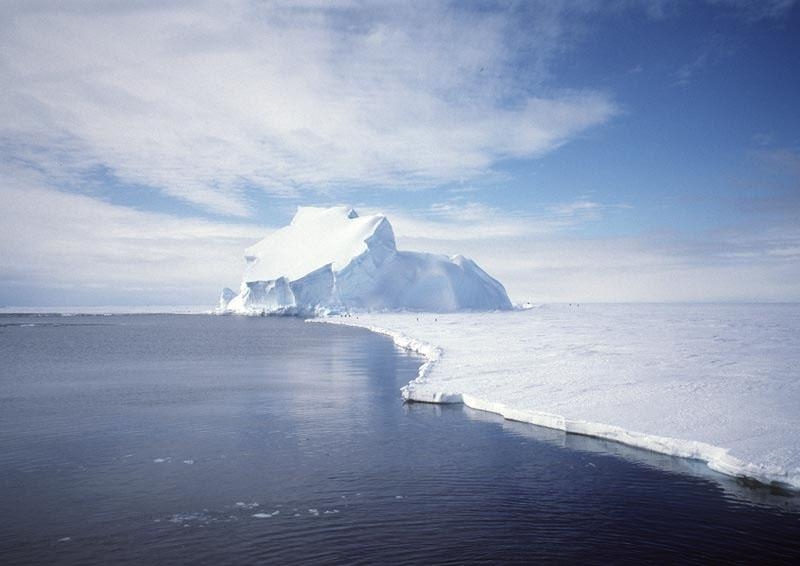Scientists today are continuing the search in learning more and more about how life was millions of years back. Recently, they made a discovery while drilling the cores in Antarctica.
Express reports that the mission, led by researchers from Princeton University, took place in the Allan Hills region of Antarctica. It was there that they managed to drill out ice samples that were two million years old. Within these samples were trapped greenhouse gases as well as prehistoric bubbles of carbon dioxide and even methane. According to the researchers, these samples represent the remaining parts of the Earth that were untouched for more than a million years.
Dr. Yuzhen Yan, who led the mission, this discovery will give an idea of how much the climate has changed over time. He explained that while it is impossible to have a sense of how the climate has gradually changed, there is still a general overview of how much the climate on Earth has changed since those times.
They published their findings in a journal in Nature.com. The ice samples that they managed to drill out, according to Dr. Yan, show a record of the climate as far back as 800,000 years ago. However, it can potentially date even earlier given the manner of the ice flows and compresses. Princeton University associate professor John Higgins was among those who took the lead in drilling out the samples.
This is not the first time Higgins was able to drill out cores that date to a million years old. The previous time, he drilled out a core that dated back to 1 million years ago. These new ice samples can give scientists a better understanding of how the glacial cycle of Earth goes about. Dr. Yan continued to say that a big advantage to getting these ice cores is that it enables scientists to directly measure the composition of the atmosphere.
“That’s why people spend years and years in the most closed-off of places in order to get to them,” said Dr. Yan. It was until 1.2 million years ago that the glaciers on the planet were much thinner and smaller. These same glaciers must have formed and melted away in a span of 40,000 years.



 The rising flood of space junk is a risk to us on Earth – and governments are on the hook
The rising flood of space junk is a risk to us on Earth – and governments are on the hook  The brightest object in the universe is a black hole that eats a star a day
The brightest object in the universe is a black hole that eats a star a day  Synthetic human embryos let researchers study early development while sidestepping ethical and logistical hurdles
Synthetic human embryos let researchers study early development while sidestepping ethical and logistical hurdles  If life exists on Jupiter’s moon Europa, scientists might soon be able to detect it
If life exists on Jupiter’s moon Europa, scientists might soon be able to detect it  How do airplanes fly? An aerospace engineer explains the physics of flight
How do airplanes fly? An aerospace engineer explains the physics of flight  Why now is the time to address humanity’s impact on the moon
Why now is the time to address humanity’s impact on the moon  Genetic diseases: How scientists are working to make DNA repair (almost) a piece of cake
Genetic diseases: How scientists are working to make DNA repair (almost) a piece of cake  Orbital resonance − the striking gravitational dance done by planets with aligning orbits
Orbital resonance − the striking gravitational dance done by planets with aligning orbits  What is minoxidil, the anti-balding hair growth treatment? Here’s what the science says
What is minoxidil, the anti-balding hair growth treatment? Here’s what the science says  The mystery of consciousness shows there may be a limit to what science alone can achieve
The mystery of consciousness shows there may be a limit to what science alone can achieve  Dark energy is one of the biggest puzzles in science and we're now a step closer to understanding it
Dark energy is one of the biggest puzzles in science and we're now a step closer to understanding it  Eggs from men, sperm from women: how stem cell science may change how we reproduce
Eggs from men, sperm from women: how stem cell science may change how we reproduce 































